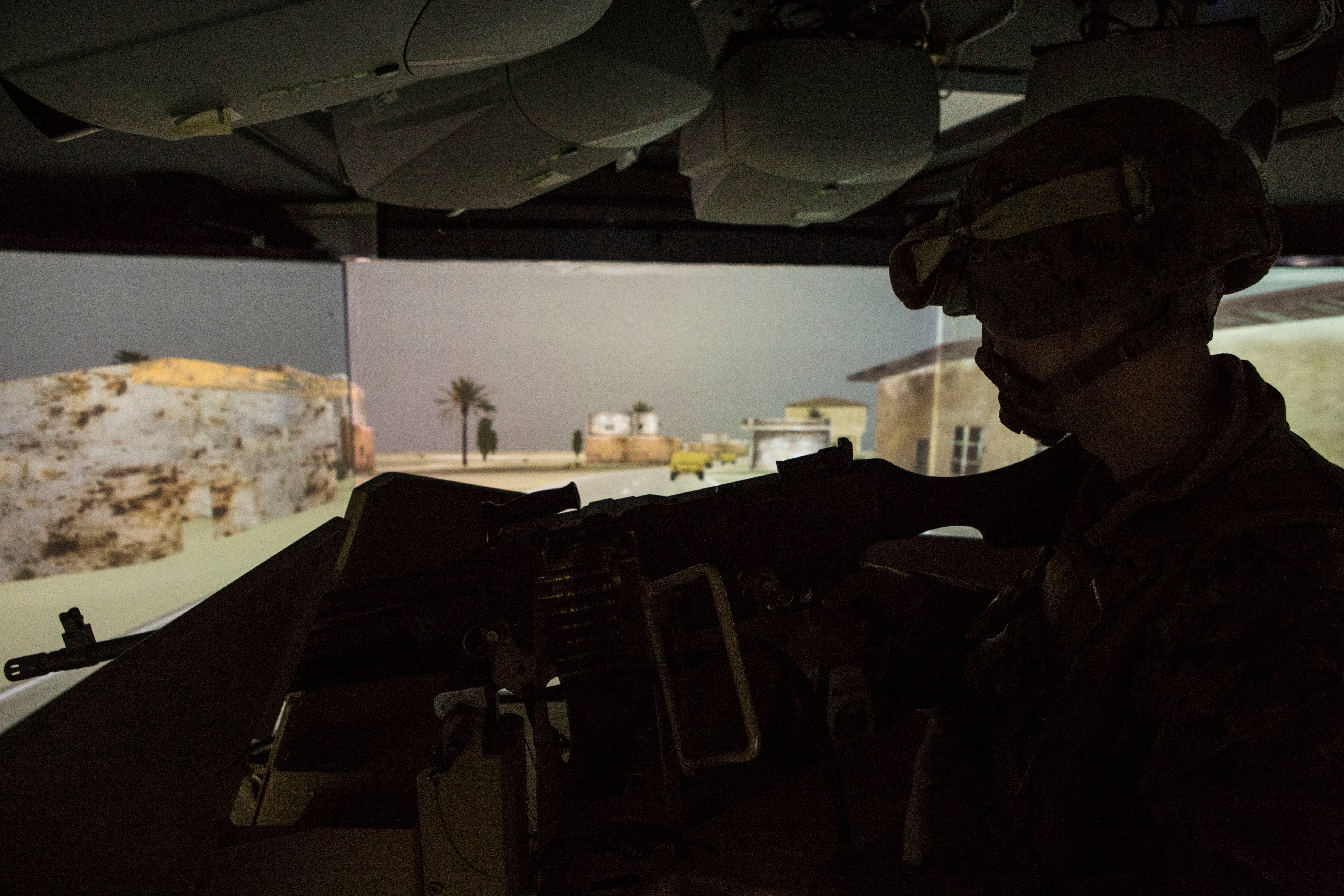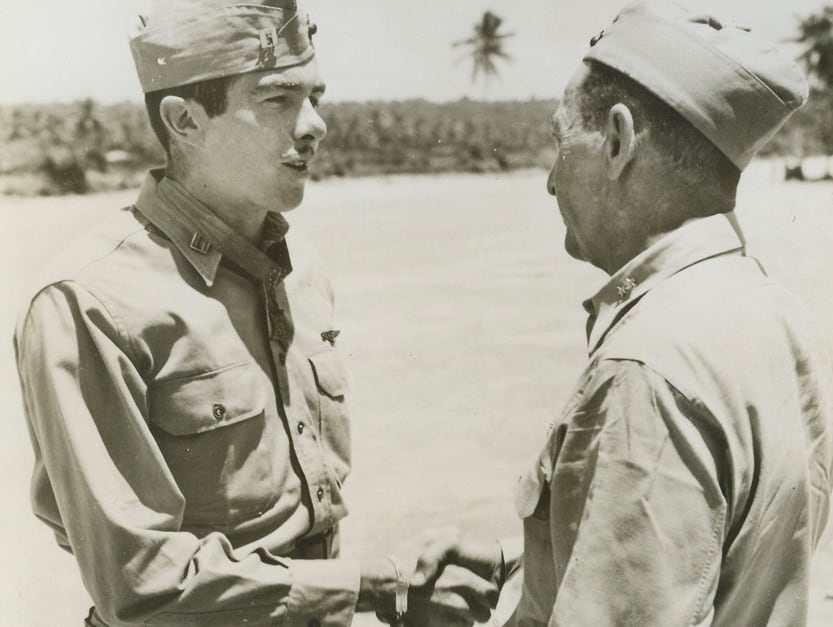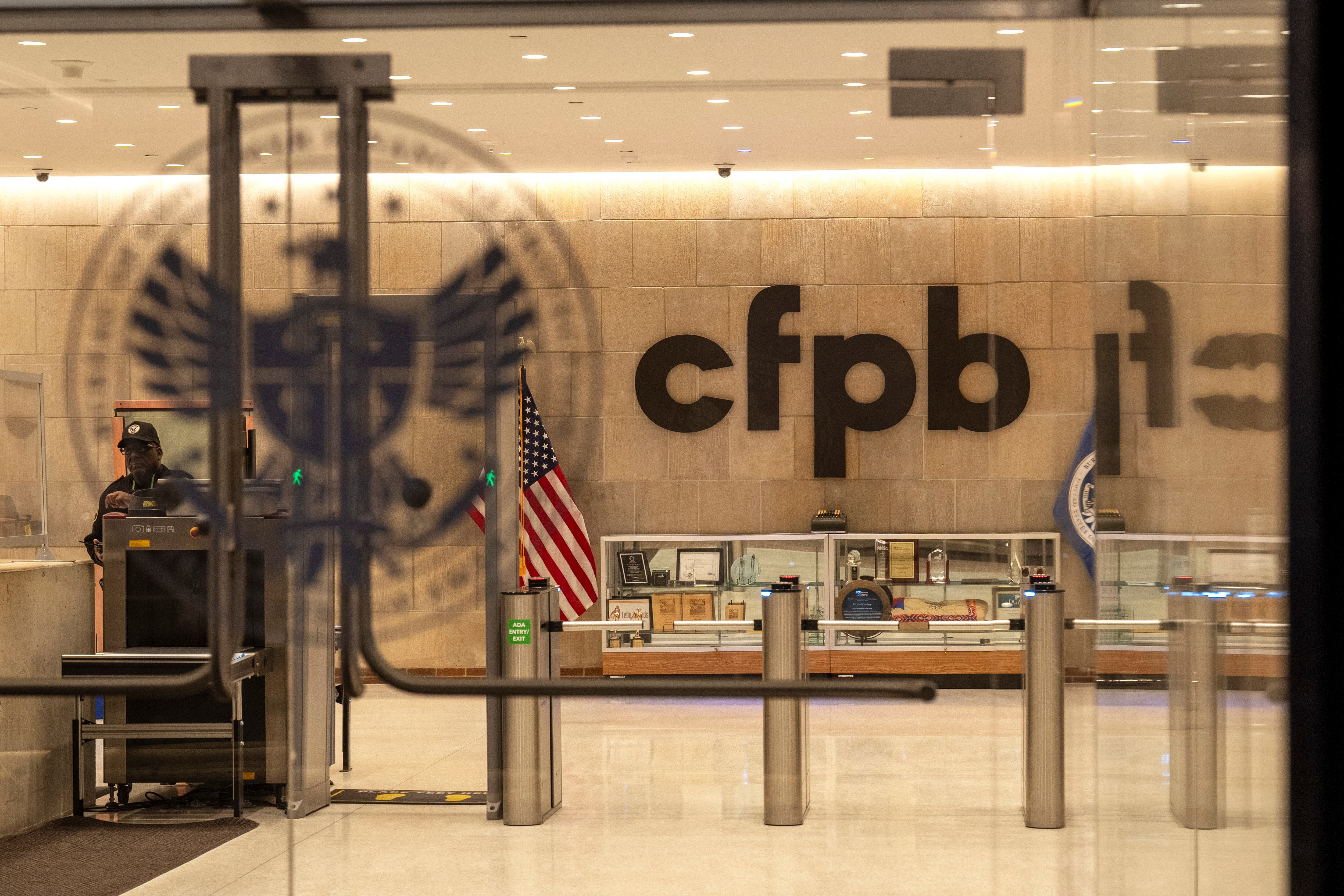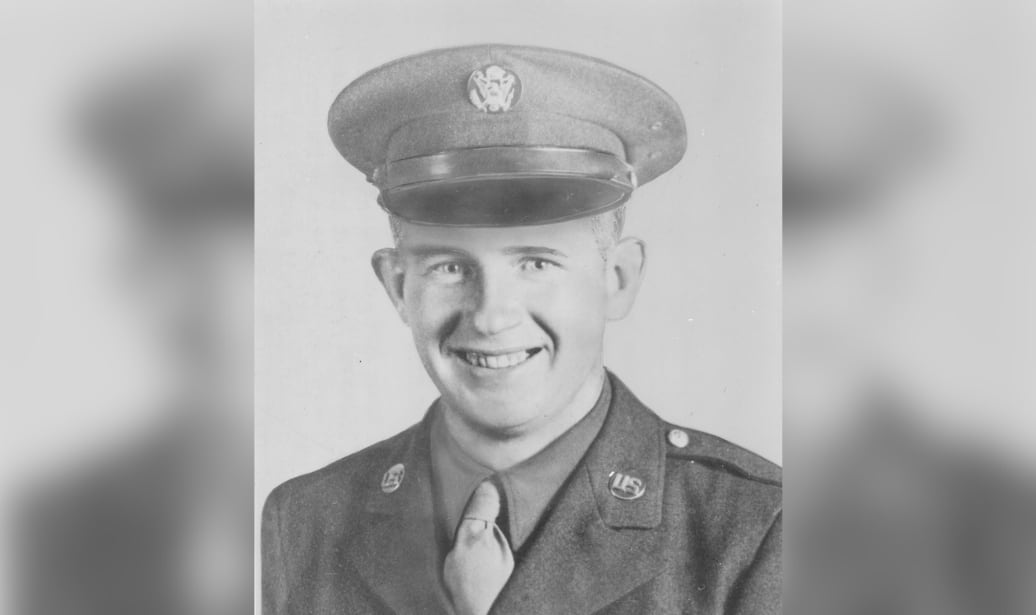TWENTYNINE PALMS, Calif. — The Virtual Combat Convoy Trainer system may look like the ultimate video game, but it's preparing the Marines logisticians for real-world combat missions. who oversee it aboard Twentynine Palms, California, ensure trainees treat it like the real thing.
At Marine Corps Air Ground Combat Center Twentynine Palms, California, Marines enter a A series of bays — each about 25 square feet by 25-feet in size — that houses four Humvees and two 7seven-ton utility , medium lift vehicles. Surrounded by video screens, the vehicles Each are outfitted as they would be for a real operation. surrounded by video screens.Though digitally interconnected, the individual crews can only see one another.
With tTheis new technology, developed by Lockheed Martin, allows units to train for various scenarios they now in use at the Marine Corps Air Ground Combat Center in Twentynine Palms, Ca., units are able to train to whatever scenario they might encounter while on an upcoming deployedment overseas. When the training begins, the Marines are swept into another world, running a mission in what could be Eastern Europe, the Middle East or Southeast Asia.
"You can come in here and tell me, specifically, this is what we want to train to and I am able to build whatever you want," said Ryan Brown, a former Marine veteran who serves as and the Electronic Maintenance Technician for the system here at the base.
Though the Corps has employed the convoy simulator since 2005, the training has vastly expanded to Marines Villaverde and his team of contractors have worked hard to expand it, makeing the scenarios ever more complex. In recent months, leaders February, the group integrated the convoy system with a first-person-shooter simulator, allowing the vehicle crews Combining the two allowed the convoy crews to interact with Marines on the ground.
It's a fully immersive experience that replicates what it's like to be in a convoy, "The trainer is fully immersive," said Gunnery Sgt. Frank Villaverde, who helps run the Lockheed Martin virtual reality system.
It teaches Marines to keep a safe following distance between vehicles in case one hits an improvised explosive device. Marines can communicate with others in the convoy and carry electronic weapons to fire at virtual enemy combatants.
"Everybody is getting training, from lance corporal to captain and major," Villaverde said. "There's a lot of added value for everybody in that training."
Preparing for uncertainty
Like other simulated training for Marines, the combat convoy system helps Marines run through scenarios and review what went right or wrong before going out on the range.
After tThe Marines are briefed on their mission and then Simulator sessions here are preceded by a briefing and examination of sand tables. Then the Marines hop into the virtual reality system where they're and are put through a test run through the mission. Afterward, the training team y can replay the action to show the Marines and see what areas need improvement.
"We try to get each group in there at least twice, to remediate what they did wrong and fix it," Villaverde he said. "Hopefully, they learn from it and go on and do live training."
That can translate to savings as the ammunition and fuel needed for live-fire training can be expensivensumption, Savings, though, come from areas like fuel consumption, said Mike King, operations officer for the base, especially if the Marines are tasked with repeating a mission until they get it right. When Marines and sailors used to go through the training, King would put them in vehicles, send them onto the course and watch as they'd make a mistake, back up, refuel, get briefed and set up again.
"In here, all [we have] to do is hit a couple buttons," he said.

Lance Cpl. Briar Hasty participates in Combat Convoy Simulator training on Feb. 19 at Quantico, Va.
Photo Credit: Cpl. Desire Mora/Marine Corps
The high-tech systems don't come without costs, though. Creating a new map can take up to six months to develop and cost as much as $1 million to create, Villaverde said. But they get repeat customers once leaders see how the training better prepares their Marines for combat.
Nowadays, Villaverde can have Marines his trainees go through a few rounds in the simulator — they can tackle between six and eight major simulated challenges in an hour he estimates — before the unit heads out onto a training range into the field.the unit heading s out into the field, Villaverde said. Often their performance on the range is better than what it might have been without the simulated prep virtual dry runs, he said Villaverde said.
The system challenges the Marines to communicate clearly with other members of the convoy amid chaotic situations. For example, Marines driving in foreign cities can lose their way, Villaverde said. Simulating that kind of experience forces a commander to juggle guiding their Marines while simultaneously dealing with other problems, like a hostile crowd, before they get downrange.
"That's the point of coming here," Brown said. "You make the mistakes here before going out of the country"
Taking it seriously
Though Villaverde touts the practical applications of the simulator, he admits running into some resistance from Marines. More than once, he has heard the system likened to a video game.
"Not everybody was on board with it because it looked like a video game," he Villaverde said. "[But] we started getting repeat customers because of how we conduct the training."
And one major part of that is impressing upon the Marines that the simulators are not toys, he said. He said he has seen Marines shoot one another — virtually, of course — or use the virtual vehicles to run over enemies. And it's not just lance corporals who like to have some fun with the video-game like experience, he said — even senior officers occasionally give into the temptation.
"We try to stay away from any video game reference when we're training," he said. "The minute you let that creep in, they want to go down that path and mess around But if you're a gamer, that's probably the ultimate video game."
For the most part, though, Marines respect the rules, he said. "We've been very clear with them: There's no messing around," said Villaverde, who admits everyone from lance corporals to senior officers occasionally give into the temptation. "We treat [the simulators] like a live fire range."
From the control room, Villaverde's team can throw multiple types of challenges the Marines' way. Many come from the company commanders, who can specify what they want to see their Marines tackle. Others can get tossed in by Villaverde's crew.
"If we know the Marines are getting complacent, we may do something to them to wake them up," he said.
They can place an IED in the road so the Marines have to discover and then Otherwise, the simulator lets Marines practice common procedures such as discovering an improvised explosive device in the road, and setting up a perimeter to safely move around the area, for example. Despite the temptation of treating it like a game, Villaverde believes simulators will become increasingly popular as more junior officers who use the training go through his program move up through the ranks.
"I think as they grow, as the live, virtual and constructed concept gets used by lower level commands and staff … it's going to become part of the Marine Corps training continuum," he said. "I think it's going to grow into larger exercises."
Banicki reported from Twentynine Palms, California. Perkins reported from Washington.





